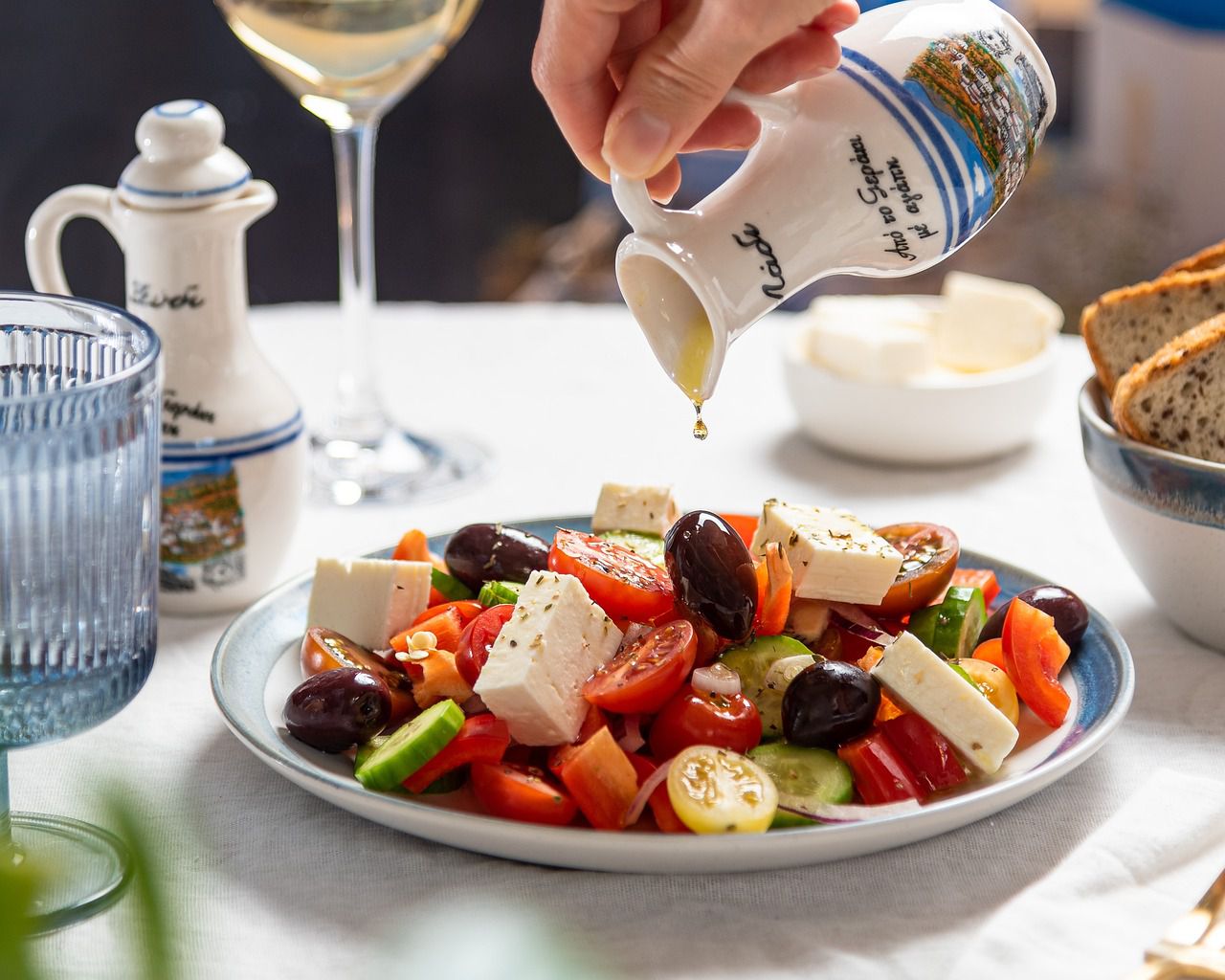Salad dressing mistakes: How to make your salads way tastier
A good salad dressing can make your salads delicious, and a bad one can make you hate salads.
If your salads seem boring, not nutritious enough, or simply unpleasant to eat, then you probably do something wrong.
Here are some popular mistakes.
Imbalanced Flavors
The flavor profile of a salad dressing relies on achieving a balance between different taste elements such as sweet, sour, salty, and savory.
Low-Quality Ingredients
Using fresh, high-quality ingredients, such as fresh herbs, flavorful oils, and quality vinegars, can enhance the overall taste and quality of the dressing.

Insufficient Seasoning
If your dressing lacks flavor, it may be due to insufficient amounts of salt, pepper, herbs, or spices.
Improper Emulsification
Proper emulsification is important for achieving a smooth and creamy texture in your dressing.
If the dressing separates or appears oily, it may lack emulsification.
Overpowering Ingredients
Some ingredients, such as strong-tasting vinegar, pungent garlic, or overpowering spices, can easily dominate the flavor of your dressing.
Lack of Acid or Tang
Acidic ingredients like vinegar or citrus juice provide brightness and tang to salad dressings.
Inadequate Mixing or Blending
Thoroughly mixing or blending the ingredients ensures that all flavors are evenly distributed.
Incomplete mixing or blending can result in inconsistent flavors throughout the dressing.
